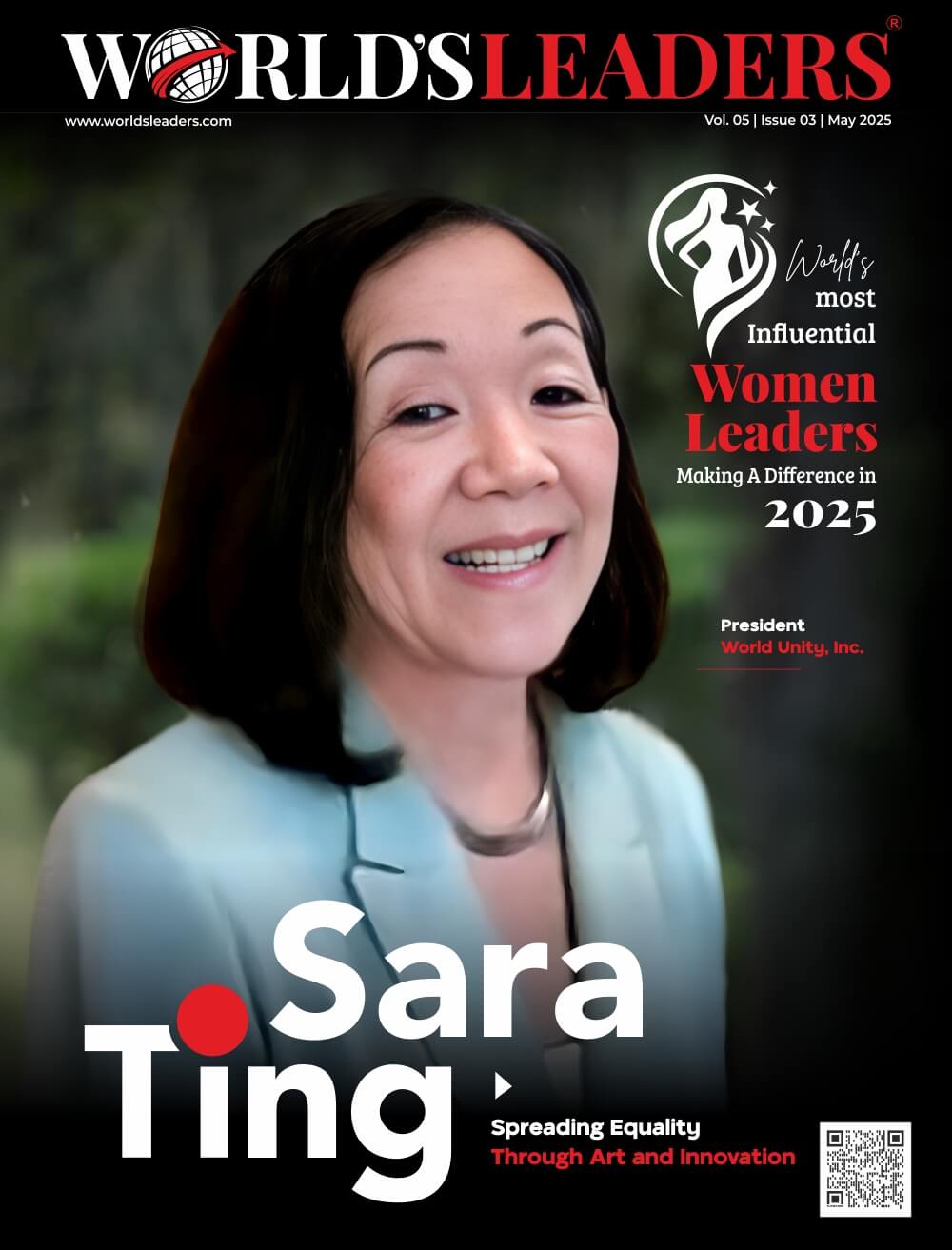A school cannot function without its teachers. Effective educational programs depend on teachers who are qualified and have the necessary expertise. A teacher must actively promote gender equality in addition to teaching the standard subjects. A teacher must impart and instill social, cultural, and economic values in a pupil in addition to cultivating their talent, interests, and creativity.
It is common knowledge that there are an increasing number of women working as teachers. The gender disparity in the teaching profession will only worsen in the years to come, according to statistics on the age distribution of male and female instructors. In lower secondary schools, women make up 65% of instructors over the age of 50 and 70% of teachers under the age of 30. 22 of the 35 countries with data on this pattern may be found. Concerns regarding future gender imbalances at the lower levels of education, where women currently predominate the profession, are raised by the higher percentage of female young teachers.
Gender stereotypes, as well as the authority and prestige associated with particular positions within the profession, play a significant role in the gender disparities in teaching. Lesser proportions of female teachers are present at higher educational levels, in (considered) more prestigious fields of study, and in positions of authority, which are indications of this. Only 43% of tertiary education occupations are held by women. Less frequently than males teach science, math, and technology courses in secondary schools. Additionally, just 45% of principals are female in the OECD countries on average, despite 68% of lower secondary teachers being female. This is especially noteworthy because principals are frequently chosen from from the ranks of teachers, which implies that female teachers have a lower chance of advancement to the position of principal than their male colleagues. As a result, the disproportionate proportion of women in the teaching profession is already biased in favor of certain occupations: those at the base of the educational pyramid and the bottom of the power hierarchy.
Why do so many women want to be teachers, then? Women’s deliberate and intentional choices, as well as labor market circumstances, social conventions, and cultural messages, all contribute to gender disparities in teaching. Women’s increased labor force participation in many nations coincided with the demand for more qualified instructors to staff growing educational institutions. The lowest percentages of female instructors are seen in nations like Japan, where female labor participation is often low. Additionally, stereotypes that portray teaching as a job that occasionally resembles parenting also likely have an impact, particularly on younger generations of women who seem to value parenthood more than their own baby boomer mothers did. Women appear to be more attracted to labor laws that let teachers to work part-time and to flexibly balance job, family life, and child care.





